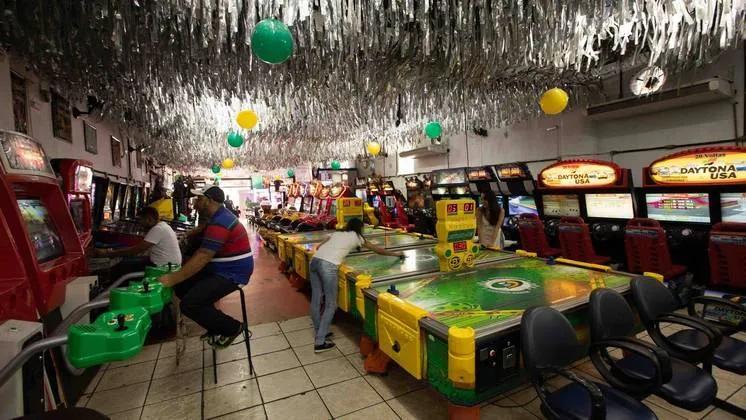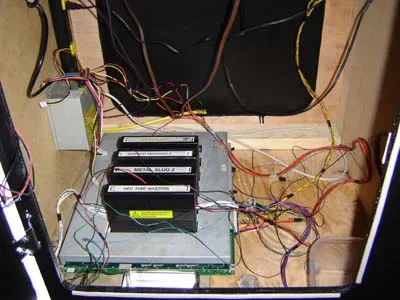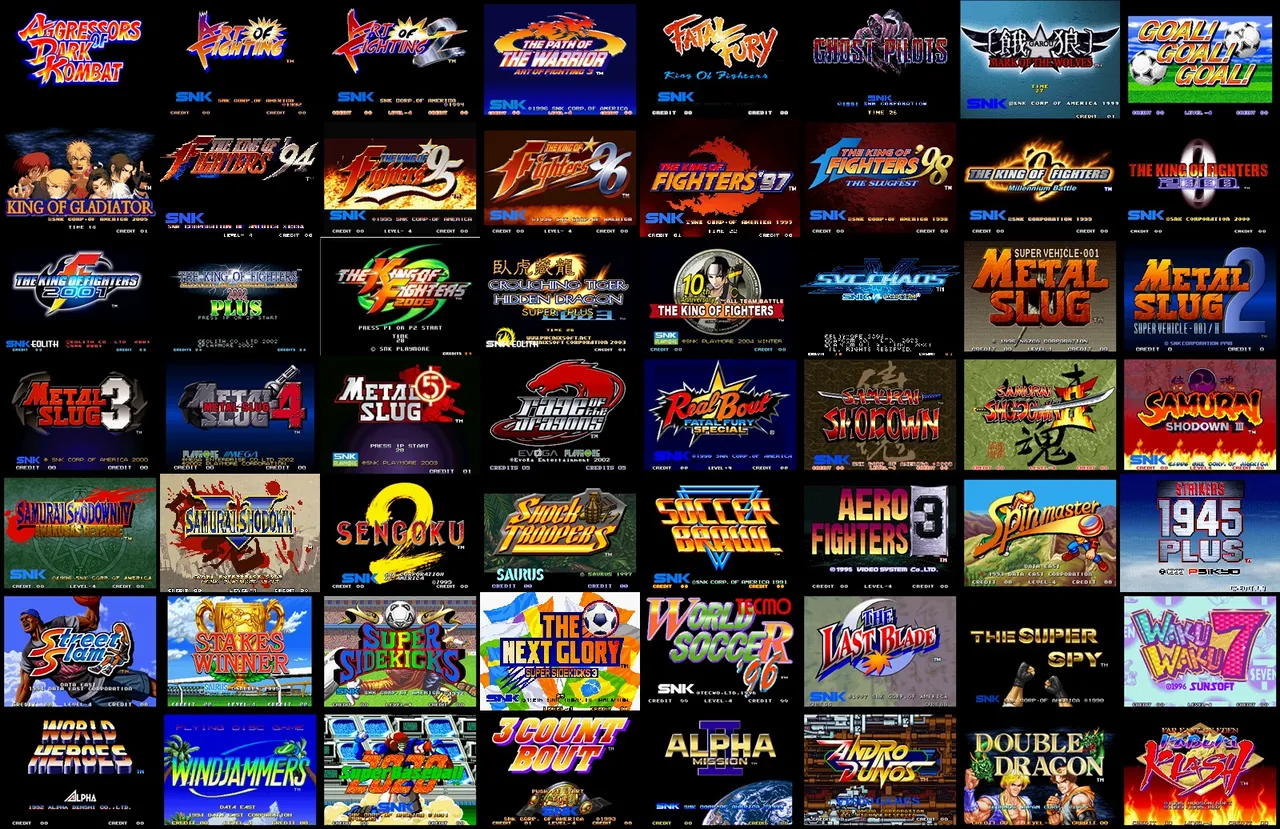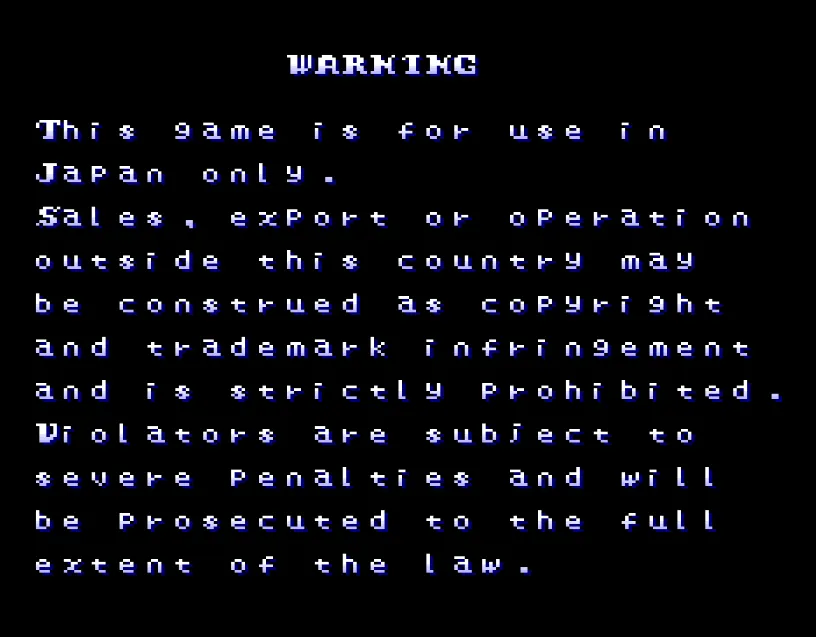
Let's set the stage, it's the 90's and arcades are all the rage.

Or as we call them in Brazil, fliperamas.
Every bar, every shopping centre, every... bakery, had arcade machines. Why? Because they were fun! And down here in Latin America, owning a console back then, or at least one not as old as a 2600 was a little hard for most folks.
My mom and dad included, who used to play tons of Raiden and Street Fighter II whilst skipping school (what good examples).
CAPCOM, Sega, and many others were present here, but the thing is, they were expensive. Each machine ran for thousands (or millions here at that time, because of inflation), they were not easy to buy but still turned a huge profit. However piracy and bootleg arcade machines were running rampant. It wasn't necessarily an easy thing to pull off, but it was a lot easier than spending all your budget on a shiny new game for kids to spend all their 5000 cruzeiro coins in.
And this is part of the reason why SNK dominated here.
It's because of this reason, price and piracy, that the NEOGEO was created.
Instant chills for me on this one.
Why was the NEOGEO different?
Because of this:

The NEOGEO was essentially the most powerful console you could get back then, that ran massive cartridges that went as high as 716 megs.
Nothing at home could even get close to this (until SNK released a home version of the system that you had to sell your car to buy).
The fact that you didn't have to replace your entire cabinet every time a new game launched and you could keep a nice rotation of games made it an enticing option for arcade owners, specially because its price wasn't too much higher from a normal arcade machine.
And once we saw the games that thing had, we were hooked, just as much as the arcade owners getting our coins.

From smaller and fun sports titles, to incredible shoot em' ups, to experimental games like Windjammers and to the behemoths like Metal Slug, Samurai Shodown and of course... King of Fighters, the NEOGEO had everything.
I played so many hours of Metal Slug and King of Fighters that it probably made up at least 20% of my childhood... And I ALSO skipped school, just like my parents.
The difference is my parents are from the 70's and 80's, I was born in the early 2000's, but that didn't change a thing, the impact and cultural relevance of these arcade machines lasted for a long long time.
And the thing is, as much as I loved the NEOGEO, loved SNK's games and bought NEOGEO Arcade Classics on the Wii despite having a full romset, I thought the arcade thing was isolated to Brazil, or to my region even.
It was only when Terry Bogard (From Fatal Fury and King of Fighters) was announced for Smash Brothers and I saw the tears coming from the American and European fans and the insane excitement from my latino peers that I realized: There's something different about us.
Reading the comments is a little... depressing.
That was when I decided to look into all this and study the NEOGEO's hardware a little bit more. I never understood how they swapped out machines everyday, and then I learned they didn't. They just flipped a switch and changed the decals. I was fascinated and grew a lot more respect for SNK, it was a genius move that brought legit arcade machines into countries that couldn't afford them and grew their fanbase exponentially.
I saw that from the northern tip of Mexico to here in Southern Brazil and even further south, everyone who grew up during this era knew and loved all these games and characters.
Now I see it everywhere.
A good amount of pro KoF players are latino and the communities I join related to SNK are filled with us.
It's a weird thing for us to bond over, but man, it sure is nice.
It's a shared love grown out of mutual lack of money basically, and I'm not complaining.
Just like how SEGA dominated the early console market here in Brazil because of Nintendo's neglect and high pricing, SNK dominated the arcades in almost all of Latin America for essentially the same reasons.

I didn't even speak English back when I played these games, but if I did, then this warning on CAPCOM machines would tell me a lot about what was going on down here.

This is a trip down memory lane and an interesting little tidbit about how gaming, economics and cost-saving measures made it so a cultural phenomenon was born in a huge part of the world, witnessed by hundreds of millions of people.
Thank you for reading, and have a nice one.
